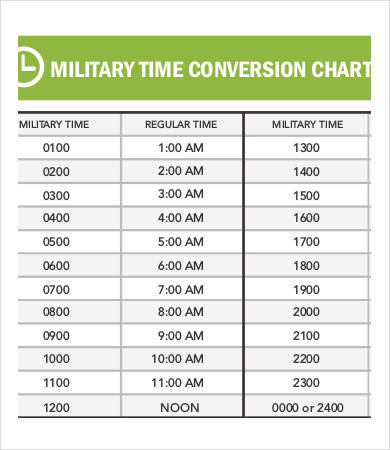
Like the regular day it is divided into 24 sidereal hours, each sidereal hour being divided into 60 sidereal minutes and each sidereal minute into 60 sidereal seconds. The sidereal day equals 23 hours 56 minutes 4.090 54 seconds, or 86 164.090 54 seconds. Thus the sidereal day, the average interval between two successive risings of the same star, is shorter than the mean solar day (see day) by 1/366.242. We only count 365.242 because one rotation is cancelled out for us by our tour around the sun. If we could view the earth from outside the Solar System, we would see that it actually completes 366.242 rotations during one year (one revolution around the sun). Sidereal day: a unit of time used in astronomy, equal to the period of time in which the earth makes one rotation relative to the stars. To convert directly from minutes to hours you multiply by 0.01 6. Simplified, this is the same as multiplying by 60/3600 which is 0.016666667. To convert from minutes to hours multiply the number of minutes by 60 and then divide by 3600. Or you can find the simplified factor by dividing the conversion factor for A by the conversion factor for B. To convert among any units in the left column, say from A to B, you can multiply by the factor for A to convert A into seconds then divide by the factor for B to convert out of seconds.

This time, you need to change the conversion type to the regular time to military option.
MILITARY TIME CONVERSION CALCULATOR HOW TO
The calculator also prompts you with how to read the military time ( seventeen hundred (hours) in our case).

The most logical way would be to say noon, or 00h00.

This is better than the 12-hour system, where the abbreviations come from Latin: p.m. Noon is much more straightforward in military time, as there's no confusion - it's always 1200 (12:00). Monday at 24:00 is meaning the same as Tuesday at 00:00. Train arriving during the last minute of a day gets to the station at 24:00, but train departing during the first minute of the day leaves at 00:00 In some applications, both versions may be used: 0000 to notate midnight in military time when it is the start of the day or activity, but 2400 for activities or days ending. However, 0000 is preferred, as it usually applies to the start of the new day (digital watches and clocks use 0000).

Midnight in military time may be expressed as both 00. Zero-zero-zero-zero / Zero hundred hours or Twenty-four hundred (hours)Įxpressing noon and midnight can lead to some confusion, not only in the military time but also on the standard 12-hour clock:


 0 kommentar(er)
0 kommentar(er)
